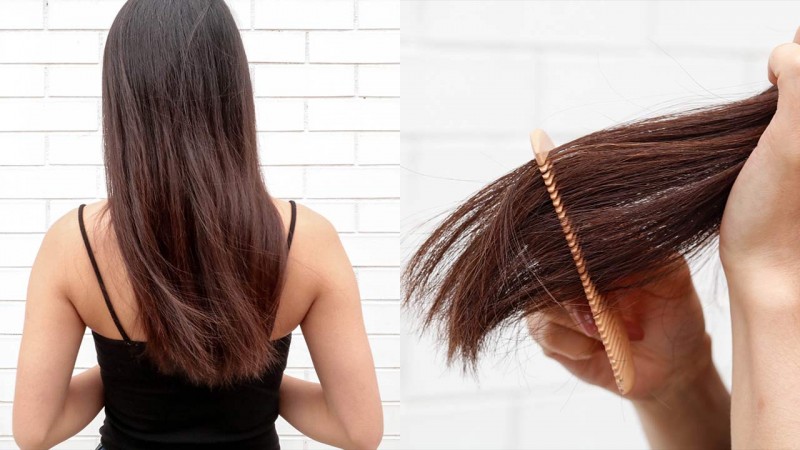
Split ends are a common hair woe that many people encounter, causing frustration and disappointment after getting a fresh trim. Understanding why split ends persist and learning effective tips to prevent them can help you maintain healthier, luscious locks without constant trips to the salon.
Split ends, also known as trichoptilosis, occur when the hair shaft splits or frays due to damage. This damage typically happens at the ends of the hair strands, but it can also occur along the shaft. Split ends not only make hair appear frizzy and unkempt but can also hinder hair growth and overall hair health.
Several factors contribute to the formation of split ends:
Excessive heat styling with tools like straighteners, curling irons, and blow dryers can strip the hair of its natural oils, leading to dryness and breakage.
Coloring, perming, and chemical straightening treatments weaken the hair structure, making it prone to splitting.
Exposure to UV rays, pollution, wind, and harsh weather conditions can damage the hair cuticle, resulting in split ends.
Frequent brushing, especially when the hair is wet, using harsh hair ties, and washing with hot water can contribute to breakage and split ends.
Despite regular trims and efforts to prevent split ends, they often seem to return. This recurrence can be attributed to various reasons:
During a trim, hairstylists typically cut off the visible split ends. However, if the damage extends further up the hair shaft, new split ends may develop sooner than expected.
If the underlying causes of split ends, such as heat styling or chemical treatments, persist, the hair will continue to weaken and split, even after a trim.
Hair that is dry and brittle is more prone to splitting. Without proper hydration and nourishment, split ends are likely to recur.
Some individuals have naturally weaker hair that is more prone to splitting, making it challenging to prevent split ends entirely.
While split ends may seem inevitable, adopting healthy hair care habits can significantly reduce their occurrence:
Schedule regular trims every 6-8 weeks to remove split ends and prevent them from traveling further up the hair shaft.
Reduce the use of heat styling tools and always use a heat protectant spray before styling to minimize damage.
Handle your hair with care, especially when it's wet, to prevent breakage. Use a wide-tooth comb to detangle and avoid pulling or tugging.
Keep your hair hydrated by using a nourishing conditioner and applying a weekly deep conditioning treatment.
Wear a hat or use UV protection products when exposed to the sun, and use a silk or satin pillowcase to reduce friction while sleeping.
Opt for hair care products formulated for your specific hair type and concerns, avoiding those containing harsh chemicals.
A diet rich in vitamins, minerals, and protein supports healthy hair growth and strength.
Limit the frequency of coloring, perming, or chemically straightening your hair to reduce damage. While split ends may seem like an unavoidable nuisance, they can be managed and minimized with proper care and attention. By understanding the causes of split ends and adopting healthy hair care practices, you can enjoy smoother, healthier hair and reduce the need for frequent trims.
If you are worried about tanning then get such full sleeve blouse made
If you are having a party at home with friends, then what could be better than a kaftan?